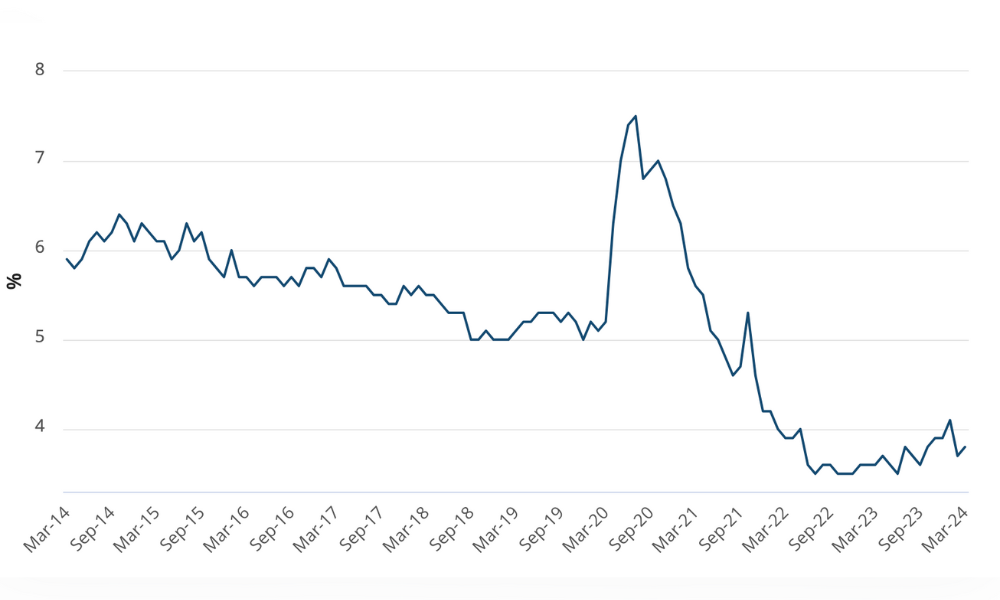Start of the year blues? Irene van der Does Willebois advocates a past, present and future model of prioritising the year ahead.
Start of the year blues? Irene van der Does Willebois advocates a past, present and future model of prioritising the year ahead.
HR professionals deal with the most important assets that organisations have: its employees. In ensuring that these assets are looked after and properly developed, you are effectively consolidating the leadership pipeline and ensuring that the culture within your organisation is one that employees want to be a part of.
Clever HR professionals see the start-of-year period as an opportunity to encourage employees to enter into a dialogue with them while assessing the year that’s passed in order to become more engaged with their role in the year to come.
When done well, this sort of reflection can be hugely beneficial for both employee and organisation. It can lead to employees being engaged and eager to contribute to the success of their organisation. When done poorly, however, it can result in frustration and it can even make the employee cling to old ways of doing things as opposed to finding new solutions for underlying issues.
A good way of illustrating how you can guide employees through this process in a meaningful way is by using a simple past, present, future model.
Why not start by applying the past, present, future model to yourself as an individual? Then you can apply it to employees and help guide your organisation into a productive 2013.
Past
In the past, present, future model, the past exists as a means of letting us re-evaluate some of the things we have learned to believe.
Start by looking at the year-to-date and the beliefs that you’ve held over the year. Build a time-line of important events or problems that happened this year in your personal and professional life and see if you can see any patterns. Ask yourself if you could have handled a situation or relationship differently. Be prepared to think beyond obvious issues and problems and to tackle your assumptions about what works and what doesn’t.
Now, consider the current problems you’re facing and reflect on whether your approach is the best one. In fact, take any aspect of your role and ask yourself if there are other ways in which you could approach it more efficiently or innovatively.
Let this process of ‘questioning’ get you into the habit of constantly being on the look-out for better ways of doing things so you are not caught up in the past.
Present
In the past, present, future model, the present exists to give us the opportunity to listen to what is happening inside of us.
Being in the present ought to be the easiest thing for us to do. However, working adults often have so much going on around them that they forget to live in the moment. Luckily, this ‘skill’ can be re-learned! With practice, you can teach your brain to be freer, more inhibited, and ultimately to think differently.
It all comes down to finding the right tool. This could be exercise, meditation or another activity that allows you to turn your brain off. Once your mind is at rest, new ideas and moments of clarity will come to you, and you’ll be better equipped to evaluate yourself and see patterns in the issues that require solving in addition to solutions to those problems.
Future
In the past, present, future model, the future exists to give us the strength to keep going, to follow our dreams and to withstand the tension of not knowing everything.
Moulding your future isn’t about starting with a specific product or outcome in mind, but instead about drawing on your passions to ascertain what you are not currently getting. You may find that once you start to design the future you might end up with a unique and unlikely combination of new services, parts or skills.
Once a leader has more clarity around what they want to create for the future, they should communicate this to their staff. Then you can try to apply the past, present, future model to employees within your organisation. The end result will be happier, more focussed employees who, with your help, will be ready to align or incorporate their passions into their roles and start 2013 with enthusiasm and heart.
About the author
Irene van der Does Willebois is the author of 'Leading by Design', which is currently available in all major bookstores. Irene is a leading keynote speakers, executive coach, and up-and-coming author. Having worked with clients such as Vodafone, AMP and Macquarie Bank, Irene provides practical advice on how businesses can adapt to the opportunities and complexities of the 21st century.








